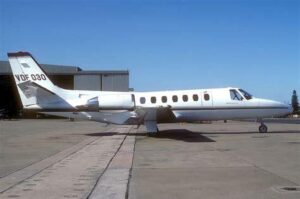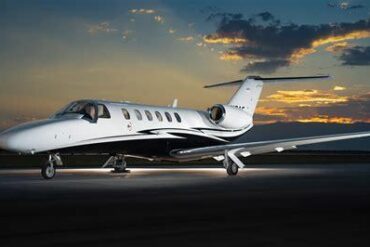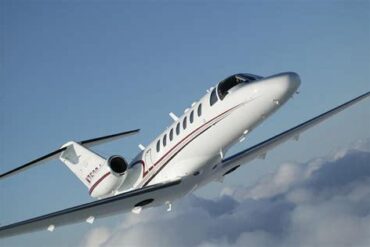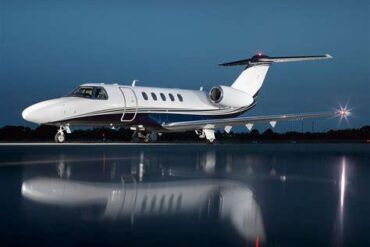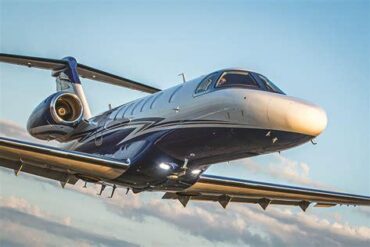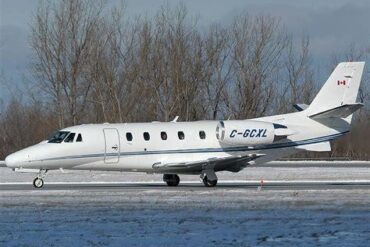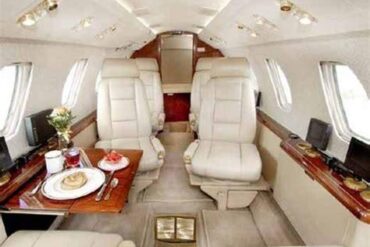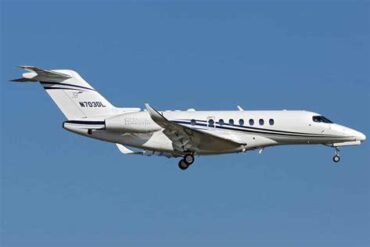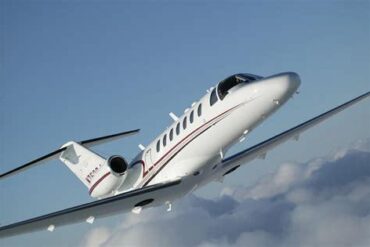The Cessna Citation II and IISP are renowned for their reliability, performance, and comfort in the realm of business aviation. Understanding the price and operating costs associated with these aircraft is essential for potential buyers and operators. This article delves into the key factors that influence these costs, offering a comprehensive overview.
Overview of the Cessna Citation II/IISP
The Cessna Citation II, introduced in the late 1970s, quickly became a favorite among corporate pilots and private owners alike. Known for its twin-engine design, spacious cabin, and advanced avionics, the Citation II has set a benchmark in the light jet category. The IISP variant further enhances this model with improved performance and additional features.
Specifications
-
Capacity: Typically accommodates 6-8 passengers comfortably.
-
Range: Approximately 1,800 nautical miles, enabling non-stop flights for many domestic routes.
-
Cruising Speed: Around 400 knots, allowing for efficient travel times.
-
Maximum Takeoff Weight (MTOW): Approximately 13,000 lbs for the Citation II.
Purchase Price of the Cessna Citation II/IISP
The initial purchase price of a Cessna Citation II or IISP can vary significantly based on various factors such as age, condition, and installed equipment. On average:
-
Cessna Citation II: Prices typically range from $500,000 to $1 million depending on the aircraft’s year of manufacture and total flight hours.
-
Cessna Citation IISP: This upgraded version usually commands a premium, with prices ranging from $1 million to $2 million.
These figures reflect the market dynamics and demand for these aircraft. Buyers should consider conducting a thorough pre-purchase inspection and obtaining a detailed maintenance history to ensure they are making an informed decision.
Financing Options
Acquiring a Cessna Citation II/IISP often involves substantial financial investment. Various financing options are available:
-
Loans: Many financial institutions offer loans specifically for aircraft purchases. Interest rates can vary based on creditworthiness and the loan term.
-
Leasing: An attractive alternative for many businesses, leasing allows operators to access the aircraft without committing to full ownership costs.
-
Fractional Ownership: This option enables several individuals or companies to co-own an aircraft, sharing both the acquisition costs and operational expenses.
Understanding the financing landscape is crucial for potential buyers to make the best economic decisions regarding their investments.
Operating Costs Breakdown
Operating costs are a critical component of aircraft ownership and can significantly impact overall expenses. The primary categories of operating costs for the Cessna Citation II/IISP include:
1. Fuel Costs
Fuel is one of the most substantial ongoing expenses for aircraft operators. The Citation II/IISP has an approximate fuel burn rate of 150-200 gallons per hour. With average fuel prices fluctuating around $5-$7 per gallon, operators should anticipate fuel costs ranging from $750 to $1,400 per hour of flight time.
2. Maintenance Costs
Maintenance is essential to ensure safety and performance. Annual maintenance costs for the Citation II/IISP can vary but typically range between $50,000 and $100,000. Key maintenance considerations include:
-
Routine Inspections: Regular inspections are mandated by aviation authorities and can incur costs based on the complexity of the checks.
-
Parts Replacement: Over time, components such as engines, landing gear, and avionics may require replacement, contributing to overall maintenance expenses.
-
Aging Aircraft Considerations: Older models might demand more frequent repairs, further elevating maintenance budgets.
3. Insurance Costs
Insurance is a necessary expense that protects owners against potential liabilities. The cost of insurance for a Citation II/IISP can range from $15,000 to $30,000 annually, depending on factors like:
-
Pilot Experience: Pilots with more hours and certifications may secure lower premiums.
-
Aircraft Use: The purpose of operation (commercial vs. private) also influences insurance rates.
4. Crew Salaries
For operators employing professional pilots, crew salaries can represent a significant portion of operating costs. Depending on experience and location, annual salaries for Citation II/IISP pilots can range from $70,000 to $120,000 per year. Additional crew positions, such as flight attendants, will also contribute to overall payroll expenses.
5. Hangar and Parking Fees
The cost of securing hangar space or parking at airports varies widely. Operators can expect to pay anywhere from $1,000 to $3,000 monthly for hangar fees, depending on location and facility quality. Seasonal fluctuations in demand may also affect these costs.
6. Miscellaneous Costs
Several other costs must be factored into the overall operating budget:
-
Landing Fees: These fees are charged by airports for the right to land, which can vary by airport size and location.
-
Navigation and Communication Fees: Costs associated with air traffic control and navigation services can add up over time.
-
Training Costs: Continuous training for pilots and crew members ensures compliance with regulations and safety standards, which can also incur significant expenses.
Total Operating Cost Estimates
When combined, these operating costs can amount to a considerable sum. On average, operators can expect to spend approximately $1,500 to $2,500 per flight hour when accounting for all the aforementioned factors. This estimate provides a framework for understanding the financial commitment required to operate a Citation II or IISP.
Resale Value Considerations
Another critical aspect of ownership is the resale value of the aircraft. The Cessna Citation II/IISP generally holds its value well compared to other jets in the same category, primarily due to its reputation for reliability and performance. Factors influencing resale value include:
-
Aircraft Condition: Well-maintained aircraft command higher prices.
-
Market Demand: The general demand for light jets can fluctuate, affecting resale opportunities.
-
Upgrades and Modifications: Aircraft equipped with modern avionics and enhanced performance features tend to have better resale values.
Conclusion
In conclusion, owning and operating a Cessna Citation II or IISP involves a significant financial commitment that encompasses various factors, including purchase price and ongoing operational expenses. By understanding these costs, potential buyers and operators can make informed decisions that align with their aviation goals. Thorough research, careful planning, and consideration of financing options will ultimately lead to a successful ownership experience in the world of business aviation.
